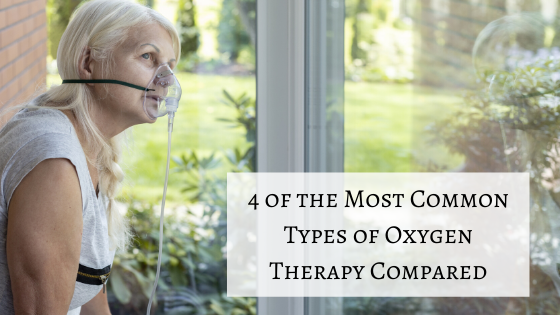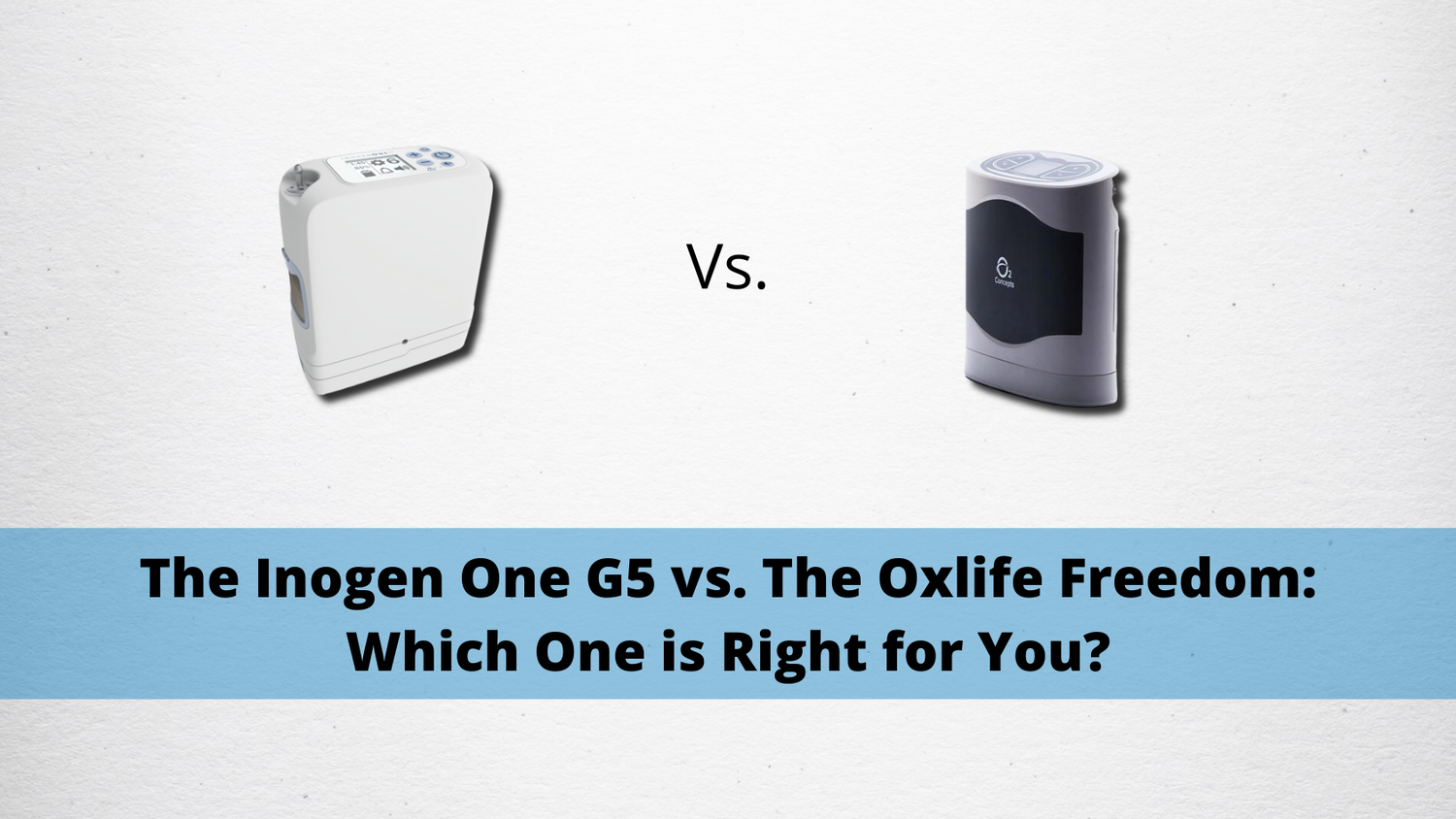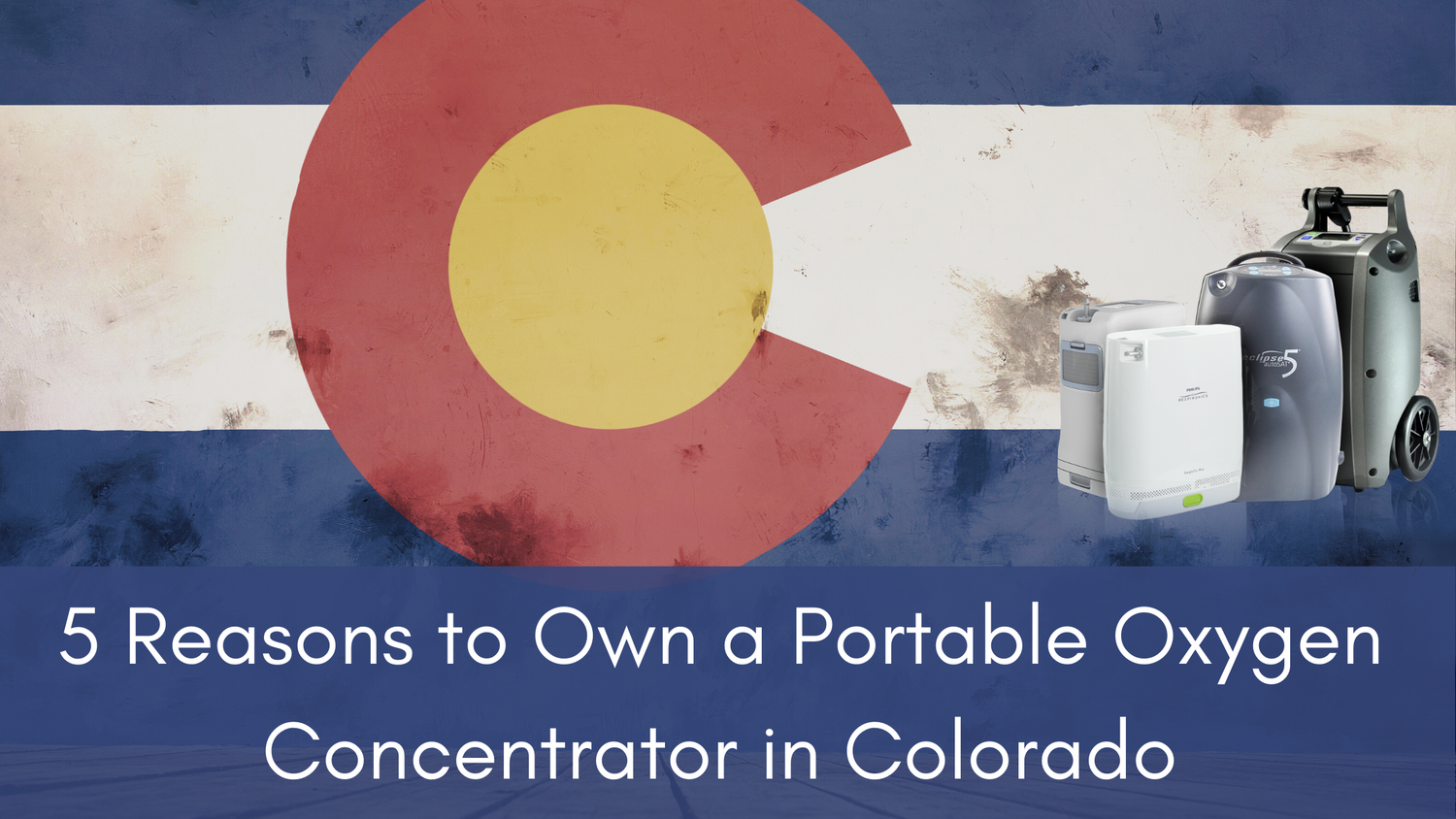Respiratory Resource Center - LPT Medical
4 of the Most Common Types of Oxygen Therapy Compared
Oxygen is essential for maintaining human life. Each time...
Read MoreThe Inogen One G5 vs. The Oxlife Freedom: Which One is Right for You?
It’s a new year and a new decade which...
Read More5 Reasons to Own a Portable Oxygen Concentrator in Colorado
If you have a respiratory impairment like chronic obstructive...
Read More


